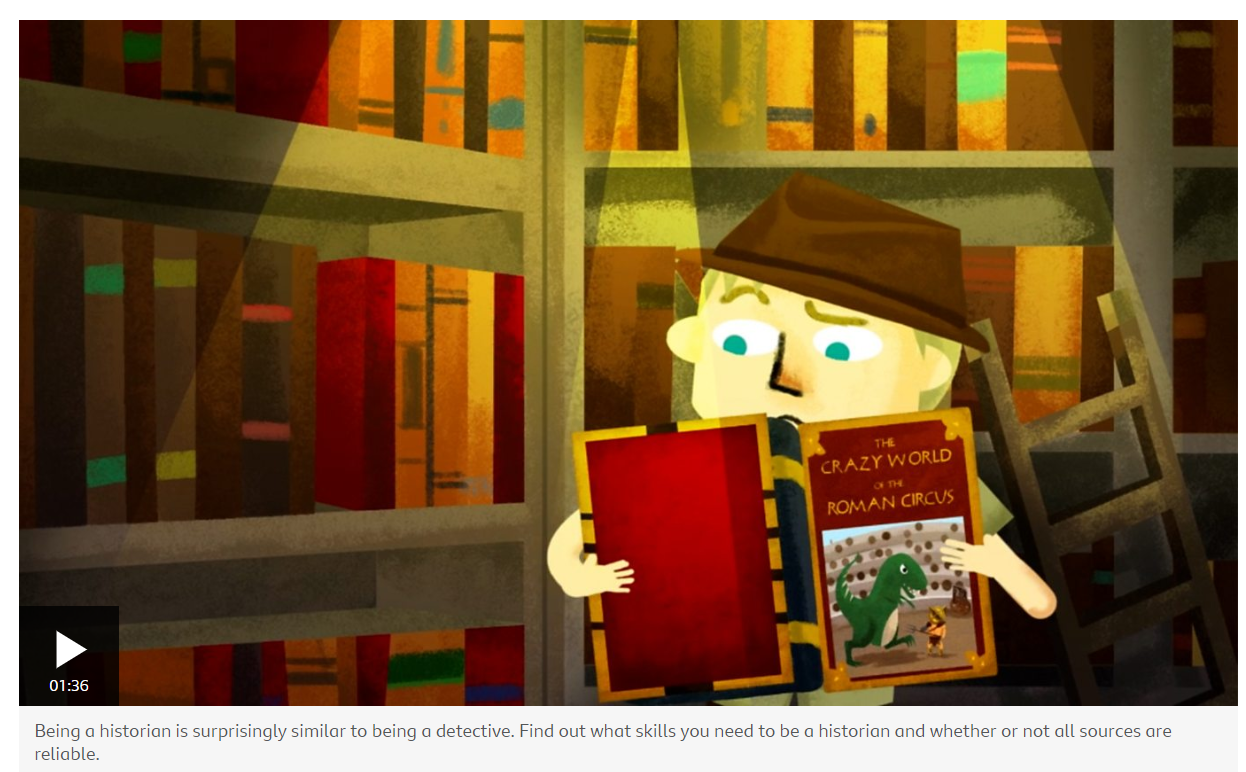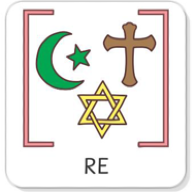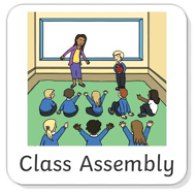Tuesday
17.12.24
Look cover write.
Practice writing the words below in your spelling journals, using look, cover, write.
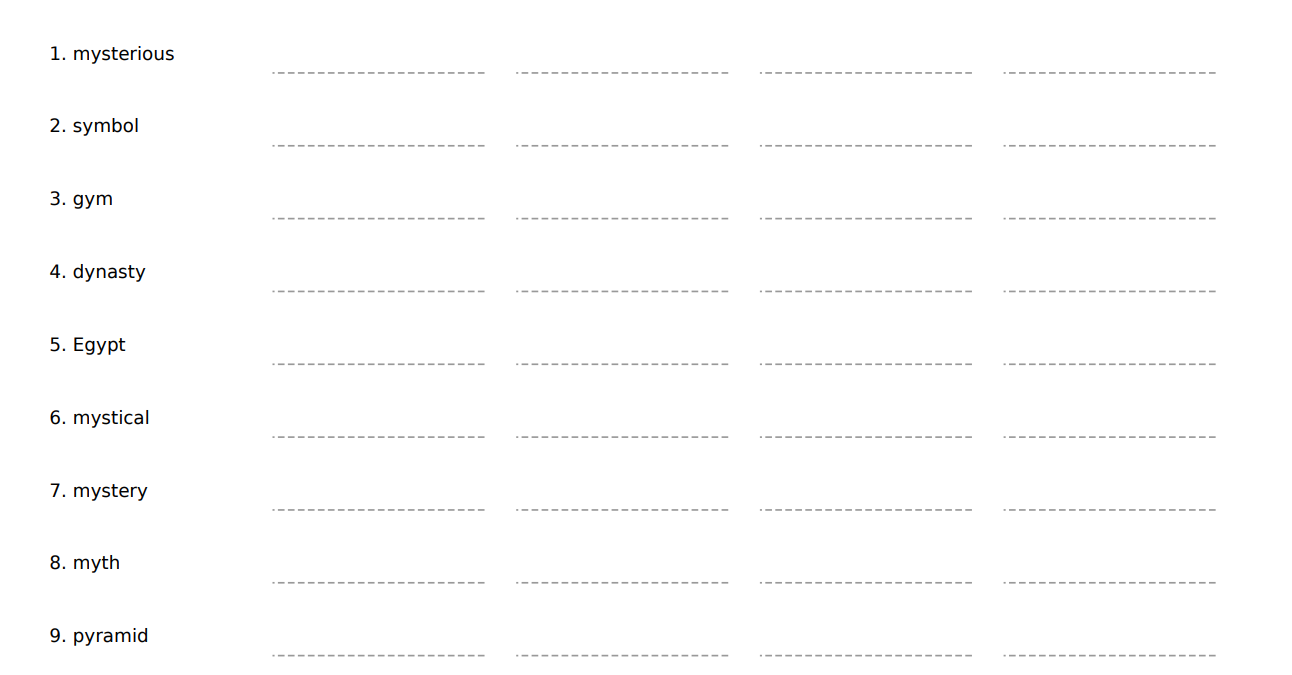
Tuesday 17th December 2024
LC: To use a range of sources which provide useful information.
What are historical sources?
Historical sources are the main way that we can interact with and understand more about past events. Learning from history is very important, as it helps us to work out how we got here. We can explore events that shaped our society and even discover what society was like back then through the personal accounts of the people who lived through it.
What are the three types of sources?
- Primary Sources
- Secondary Sources
- Tertiary Sources
We will be focusing on primary and secondary sources.
What is a primary source?
A primary source is one that provides original information on an event, topic, or era from that period in time. Crucially, the information has to be first-hand. That means it was produced by a person who experienced that event, topic, or era themselves.
Primary sources can take many shapes. They don’t just have to be interviews or diaries, although these may be more likely to survive than other forms. They could have been created during the event, or after it, in the form of memoirs or oral histories.
What is a secondary source?
A secondary source is a second-hand account of history. Usually these look at and interpret primary sources, using these to build up a clearer picture of what actually happened.
They don’t need to have been created at the time, and in fact they could have been produced centuries or millennia later! Think textbooks and school essays that use quotations from other places.
Some secondary sources can be used as historical sources. There’s a difference between a textbook written in the 1800s versus one written in the present day, so you could use them to demonstrate how opinions or understanding of a topic have changed over time.
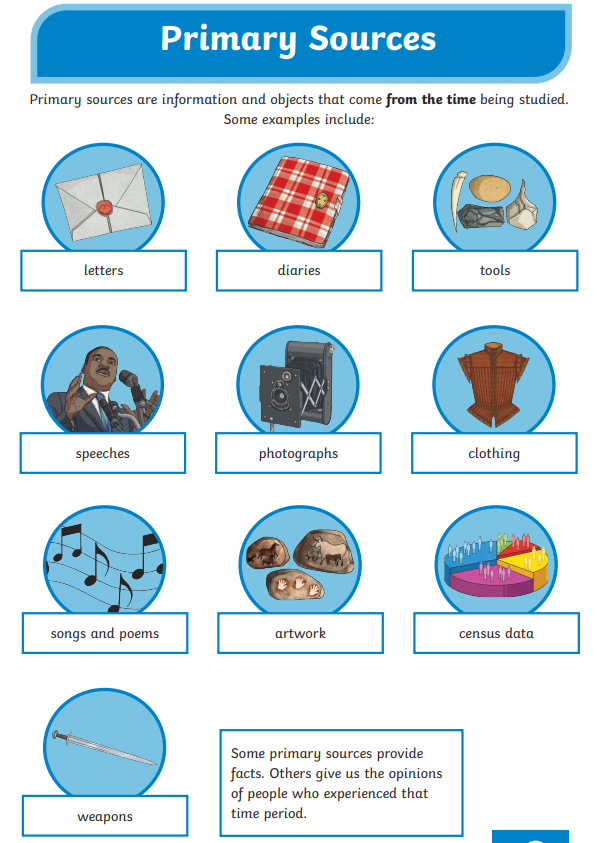
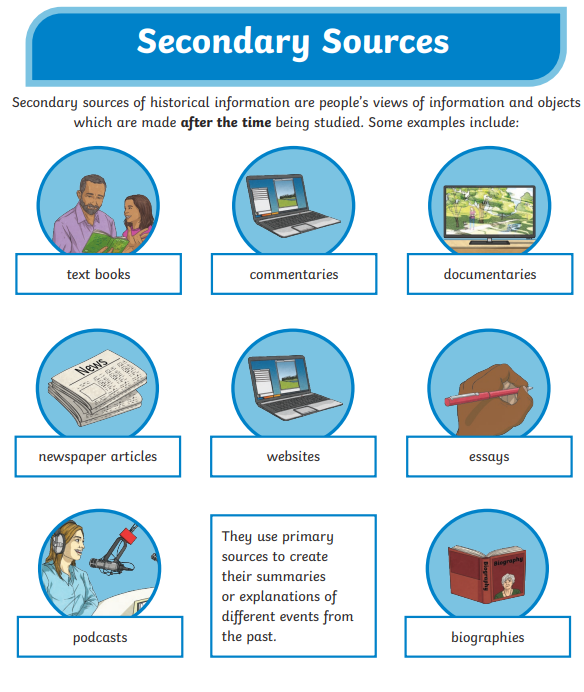
Task: You will be given a range of primary and secondary sources to help you fill in the table below. Remember to think back to the Museum Loan boxes and the artefacts we looked at.
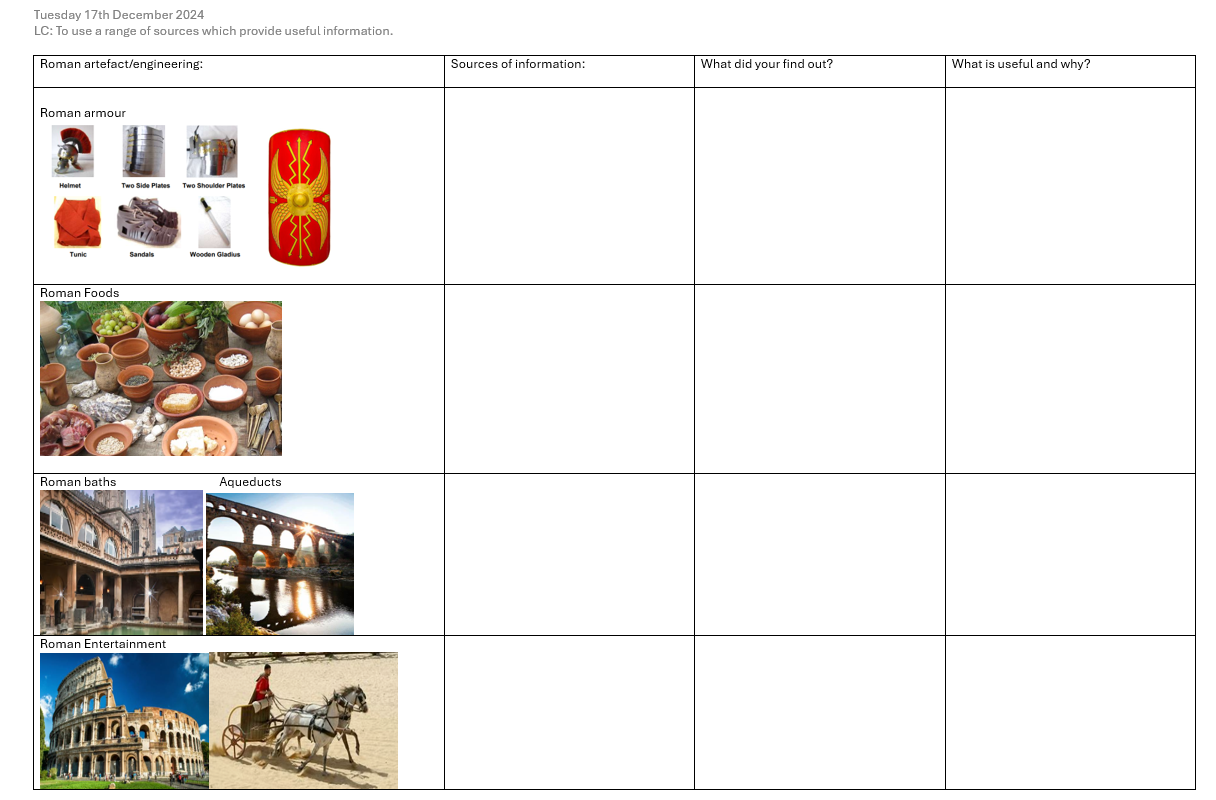
Roman armour:
KS2 History: The Romans. 3: The Roman army - BBC Teach
3 Key Types of a Roman Soldier’s Armour | History Hit
Roman Foods:
Roman Food Facts: What Did the Romans Eat? - Primary Facts
Roman Engineering:
aqueduct - Kids | Britannica Kids | Homework Help
Roman entertainment:
History of Ancient Rome for Kids: The Arena and Entertainment
10. Roman entertainment - BBC Teach
Tuesday 17th December 2024.
Assessment: What does it mean to love your neighbour?
The Gift of Giving at Christmas
LC
To consider what makes Christmas special and how we can bring joy to others at this time.
Assembly
- Christmas or another festival like Eid means something different to all of us. For many, it brings joyful memories and celebrations, whereas for others, it may bring back painful memories. Some may choose not to celebrate Christmas or another festival at all.
- Let’s take a moment to think about our own experiences of Christmas or another festival such as Eid. What brings us joy and happiness?
Let’s not focus on what might be waiting for us under the tree or downstairs. Instead, let’s think about socializing; sharing meals and parties with family and friends; spending quality time with the ones we love; feeling comfortable, warm and relaxed; smelling pine needles and Christmas dinner or somosas frying'; or even the joy of giving to others. - Now let’s think of things that may affect Christmas or another festival negatively for us. It could be the loss of a loved one, loneliness, arguments or feeling like we don’t belong. When things like this make us sad, what might help?
If someone reaches out to us and listens to how we are feeling or takes the time to ask if we are OK, we often feel a bit better. It matters that people listen to us and show us that they care. It can lift the feeling of sadness and help us to realize that we are not alone. - A simple act of kindness can go a long way. An elderly person may only leave their house every few days to get some shopping, so smiling at them or engaging them in conversation could make their day.
Time for reflection
Acts of kindness don’t have to be huge to be effective! They can be as simple as opening a door to let someone through or helping a child to feel the magic of Christmas or Eid by donating toys and games to a children’s hospital or charity. Other ideas include:
- sending a card to a local care home
- making small packages for the care home residents as a surprise at Christmas or Eid
- filling a sack of kindness and leaving it with a note for someone to find. It could be filled with winter goodies such as mince pies and then refilled and passed on to someone else
- becoming a secret Santa for someone vulnerable
Let’s take this time to reflect on the true meaning of Christmas or Eid: love, hope, kindness and togetherness. Let’s also think of those who struggle at Christmas or Eid. How can we all work together to make Christmas or Eid a special time for everyone within our school and community?






